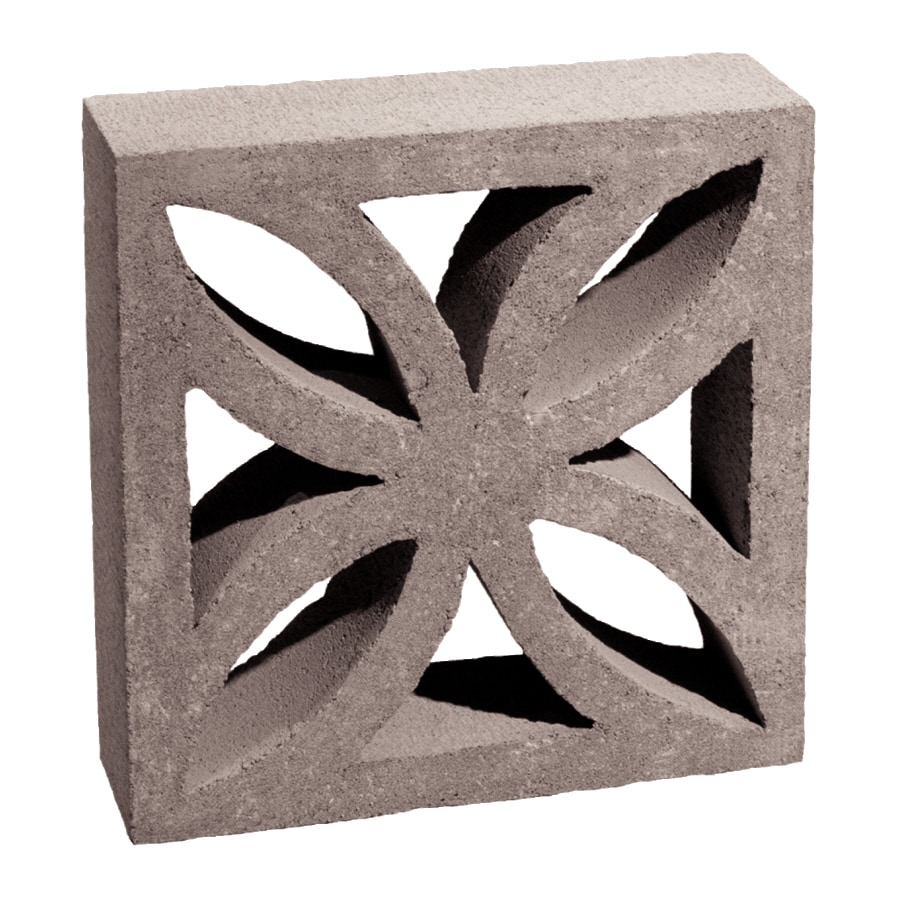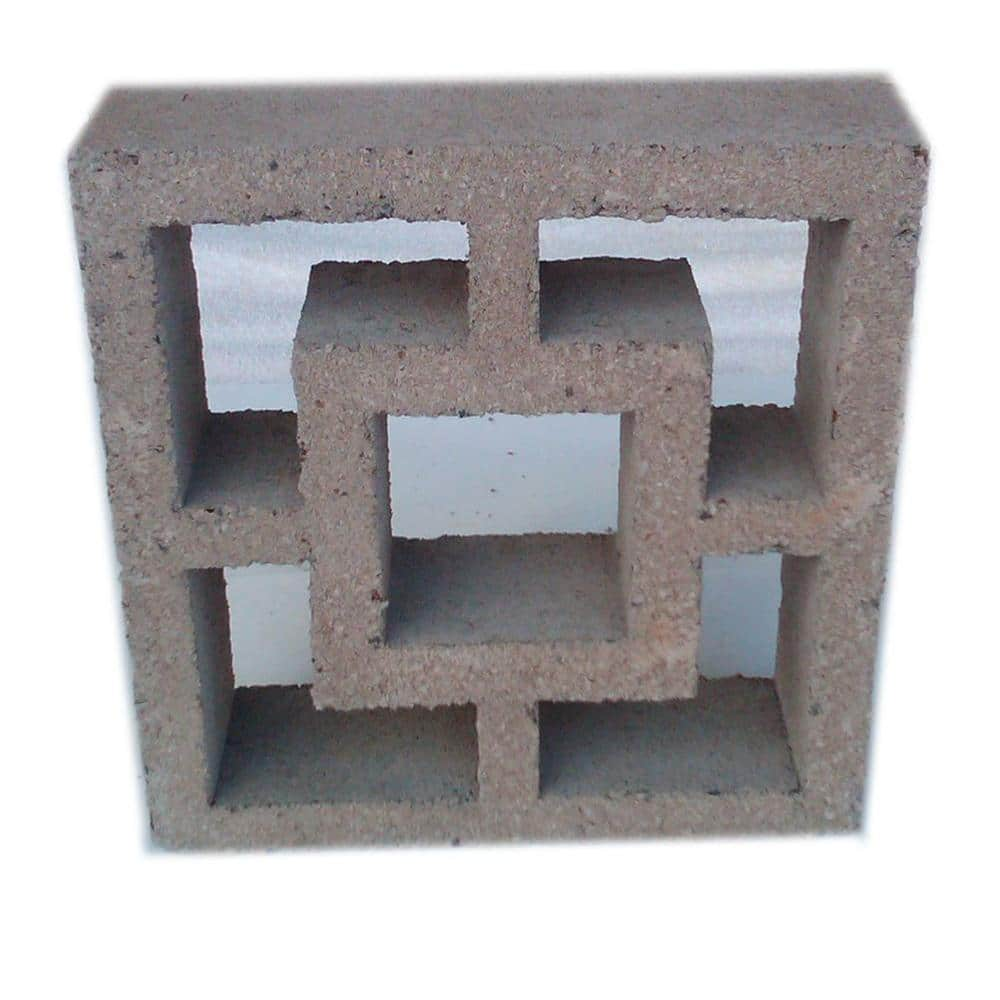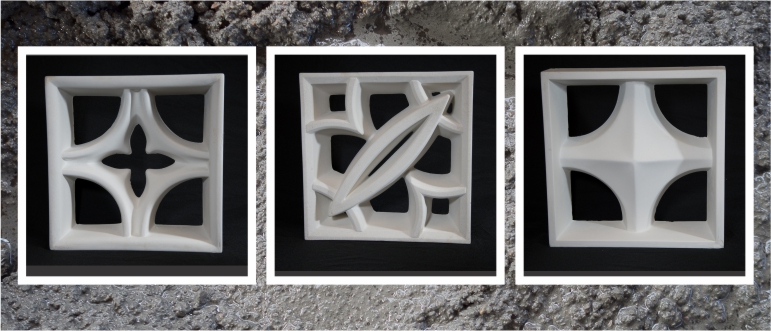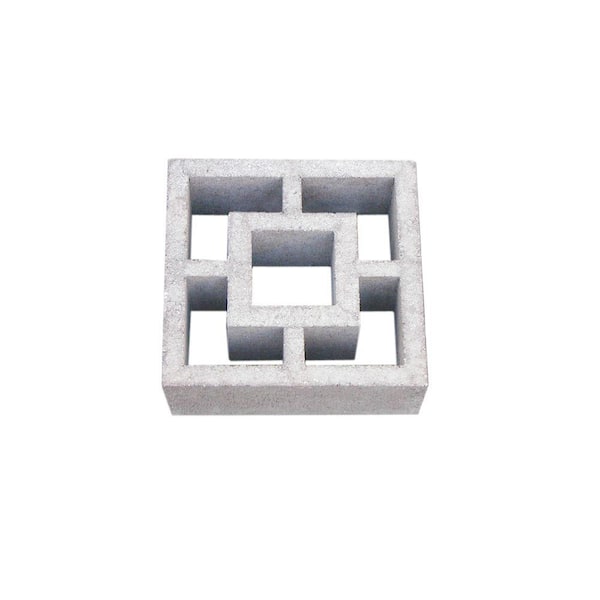Welcome to our comprehensive guide on concrete decorative blocks! As a DIY enthusiast and home improvement lover, I can wholeheartedly say that incorporating decorative blocks into your space can elevate its aesthetic and function tremendously. In this article, we will delve into the various aspects of concrete decorative blocks, from types and benefits to design ideas and maintenance tips. Let’s get started!
What Are Concrete Decorative Blocks?
Concrete decorative blocks are architectural elements used primarily for building and landscape design. These blocks can be made in various shapes, sizes, and finishes, enabling you to create unique patterns and features in both residential and commercial spaces. Their durability and versatility make them an appealing choice for both aesthetic and practical applications.
Types of Concrete Decorative Blocks
When it comes to concrete decorative blocks, the variety is truly impressive. Here are some popular types:
1. Concrete Masonry Units (CMUs)
CMUs are large blocks typically used for structural purposes. However, they can also be designed with decorative features.
2. Split-Face Blocks
These blocks have a rugged surface, giving a natural stone appearance. They are great for creating textured walls.
3. Stained Concrete Blocks
By applying stains to concrete blocks, you can achieve various colors and finishes, providing an artistic touch to your designs.

4. Polished Concrete Blocks
Polished blocks have a smooth finish which adds a sleek and modern aesthetic, perfect for contemporary designs.
5. Hollow Concrete Blocks
These blocks are lightweight and ideal for structures needing insulation without a heavy load, making them a functional option.

Comparison Table of Concrete Decorative Block Types
| Type | Aesthetic Appeal | Durability | Cost |
|---|---|---|---|
| CMUs | Moderate | High | Low |
| Split-Face | High | High | Medium |
| Stained | Very High | Medium | Medium |
| Polished | Very High | Medium | High |
| Hollow | Moderate | High | Low |
Benefits of Using Concrete Decorative Blocks
Choosing concrete decorative blocks for your project comes with numerous advantages:
- Durability: Concrete is known for its strength and longevity, making it a low-maintenance option.
- Versatility: Decorative blocks can be used in a variety of settings, from landscaping to building interiors.
- Affordability: Compared to other materials, concrete blocks are generally budget-friendly.
- Eco-Friendly Options: Many manufacturers offer sustainable concrete blocks, made from recycled materials.
- Design Flexibility: With various finishes, shapes, and colors, the design possibilities are endless!

Common Uses of Concrete Decorative Blocks
Concrete decorative blocks can be utilized in several ways:
1. Landscaping
Use decorative blocks to create borders, retaining walls, or raised garden beds to enhance your outdoor living spaces.

2. Fencing
Concrete blocks can be used to build decorative fences that provide privacy and security while enhancing curb appeal.
3. Indoor Design
Use decorative blocks to make feature walls, shelves, or even custom furniture pieces in modern interiors.

4. Commercial Spaces
From restaurants to retail stores, concrete decorative blocks are perfect for creating stylish entrances or display areas.
Design Ideas with Concrete Decorative Blocks
Here are some creative ideas to inspire you when using concrete decorative blocks:

1. Textured Wall Panels
Use split-face blocks to create an eye-catching feature wall in any room. Pair them with warm lighting to enhance their texture.
2. Fire Pits
Build a modern fire pit using polished concrete blocks for a sleek outdoor space where family and friends can gather.
3. Outdoor Seating
Create durable and stylish seating arrangements in your garden with concrete bench designs, adding cushions for comfort.
4. Planters
Construct attractive planters with decorative blocks, perfect for showcasing your favorite flowers or herbs.
Installation Tips for Concrete Decorative Blocks
Installing concrete decorative blocks can be a rewarding DIY project. Here are some tips to ensure success:
1. Plan Your Design
Before you start, sketch your design to visualize the end product and determine the number of blocks needed.
2. Prepare the Ground
Ensure the ground is level and stable. You may need to dig out some soil or add gravel for proper drainage.
3. Use Quality Adhesives
Choose the right mortar or adhesive for your specific type of block to enhance stability and durability.
4. Level as You Go
Use a level to make sure each block is installed correctly. This will save you trouble later!
5. Finishing Touches
Consider filling gaps with gravel or soil for an added aesthetic touch, and keep an eye on the overall appearance as you work.
Maintenance of Concrete Decorative Blocks
To keep your concrete decorative blocks looking pristine, consider the following maintenance tips:
1. Regular Cleaning
Use a pressure washer or a stiff brush to remove dirt and grime. Avoid harsh chemicals that can damage the finish.
2. Reseal Regularly
For decorative blocks with stains or polish, reapply sealant every few years to maintain their appearance and durability.
3. Repair Cracks Promptly
Inspect blocks regularly for any signs of cracking or damage and repair them promptly to prevent further issues.
Comparative Cost Analysis of Decorative Block Options
Here’s a quick overview of the costs associated with different decorative block options:
Cost Comparison Table
| Type of Block | Average Cost per Unit ($) | Installation Cost per Square Foot ($) |
|---|---|---|
| CMUs | 1.00 – 3.00 | 5.00 – 10.00 |
| Split-Face | 3.00 – 5.00 | 8.00 – 15.00 |
| Stained | 4.00 – 7.00 | 10.00 – 20.00 |
| Polished | 5.00 – 10.00 | 15.00 – 30.00 |
| Hollow | 1.50 – 4.00 | 6.00 – 12.00 |
Note: Prices can vary based on location and supplier. It’s advisable to get multiple quotes before starting your project.
FAQs about Concrete Decorative Blocks
1. Are concrete decorative blocks waterproof?
Yes, concrete is naturally water-resistant. However, applying a sealant can enhance its waterproofing properties.
2. Can I paint concrete decorative blocks?
Yes, concrete blocks can be painted, but it’s best to use a concrete-specific paint for optimal adhesion and durability.
3. How long do concrete decorative blocks last?
With proper care and maintenance, concrete decorative blocks can last for decades, making them a long-term investment.
4. Are there eco-friendly options for concrete decorative blocks?
Yes, many manufacturers produce eco-friendly concrete blocks made from recycled materials or sustainable manufacturing processes.